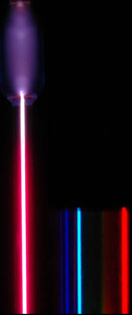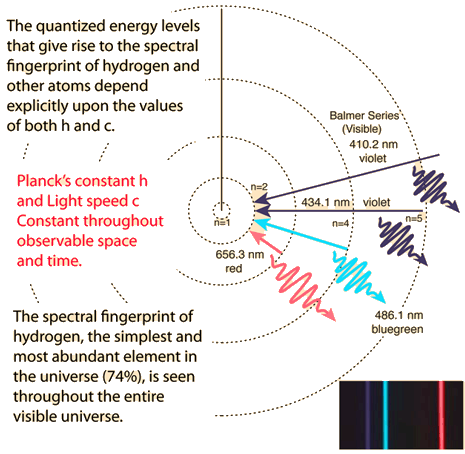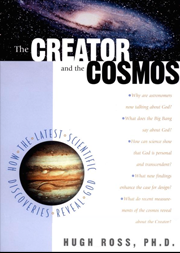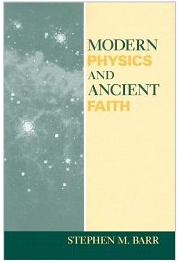The expanding universe points to a beginning of the universe in the finite past, just as does Genesis 1.

Note that this does not make you special! Each raisin would see all other raisins receding from it.
| Genesis 1:1 "In the beginning God created the heavens and the earth." | What we learn from both Scripture and nature:
|

| Genesis and cosmology |
| Resources |
References
10 Myths







